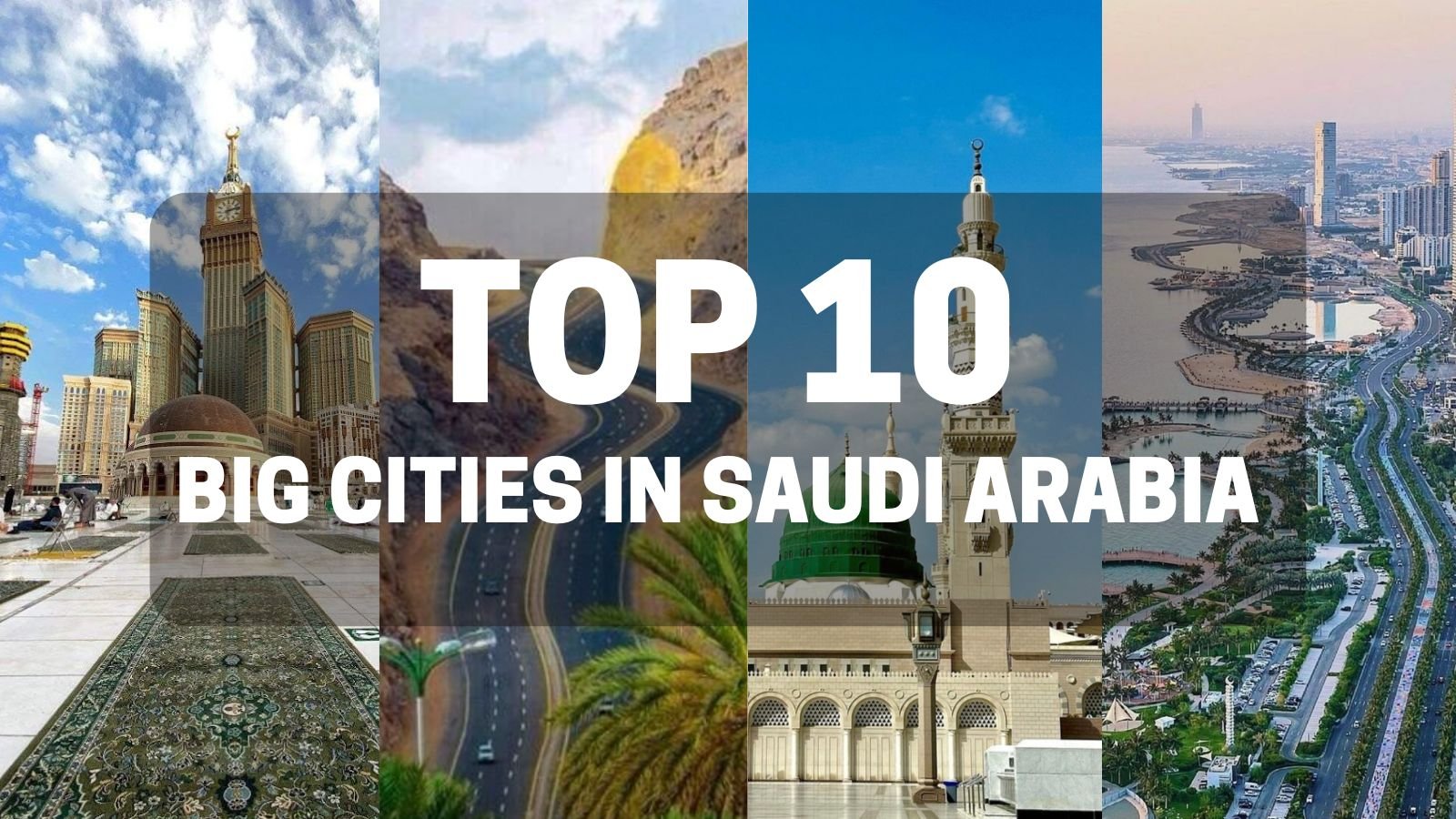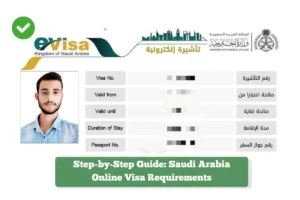Get ready for a whirlwind tour of the most vibrant and exciting cities in Saudi Arabia! From bustling metropolises to historical centers, this list unveils the top 10 big cities in Saudi Arabia you won’t want to miss in 2024.
We’ve compiled insights from seasoned travelers and locals alike to create this informative guide, so you can experience the best of what Saudi Arabia has to offer. Buckle up, and let’s explore!
Table of Contents
1. Riyadh: The Beating Heart of Saudi Arabia
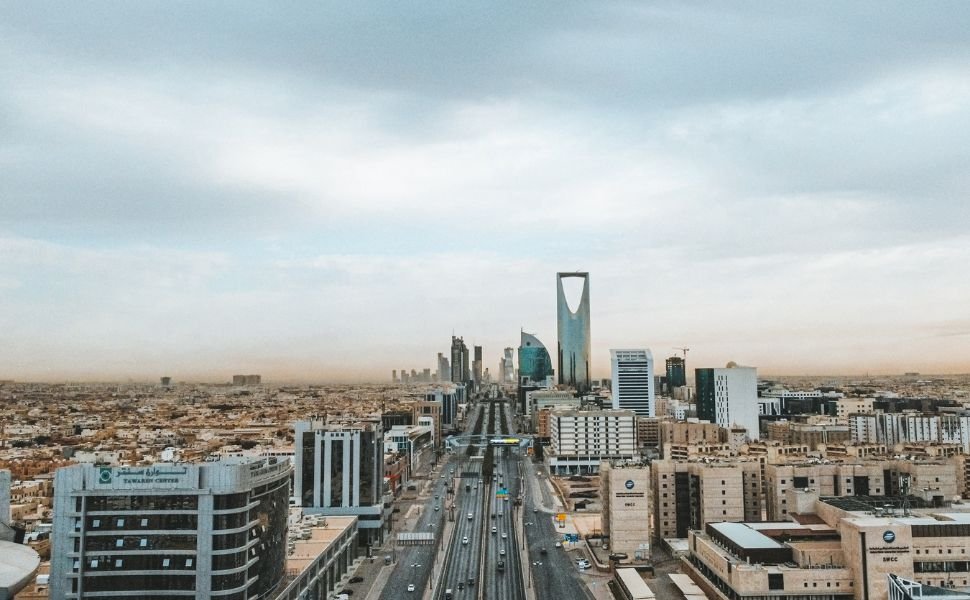
Riyadh, the capital of Saudi Arabia, is filled with infectious energy. This modern metropolis boasts world-class museums, like the National Museum of Saudi Arabia, that showcase the country’s rich history. But Riyadh isn’t just about the past. Glittering skyscrapers pierce the skyline, housing international brands and trendy restaurants.
Here’s what a recent visitor, Sarah from London, had to say: “Riyadh surprised me! It’s a city that seamlessly blends tradition with modernity. One day I was exploring historic Diriyah, the birthplace of the first Saudi state, and the next I was shopping at high-end boutiques.”
- Area: 1,973 km² (762 sq mi)
- Area code: +966 11
- Demonym(s): Riyadhi (singular), Riyadhis (plural)
- District(s): Riyadh is divided into 15 municipal districts.
- Elevation: 612 meters (2,008 ft) above sea level
- Established: 1737 (around 287 years ago)
2. Jeddah: Gateway to the Red Sea
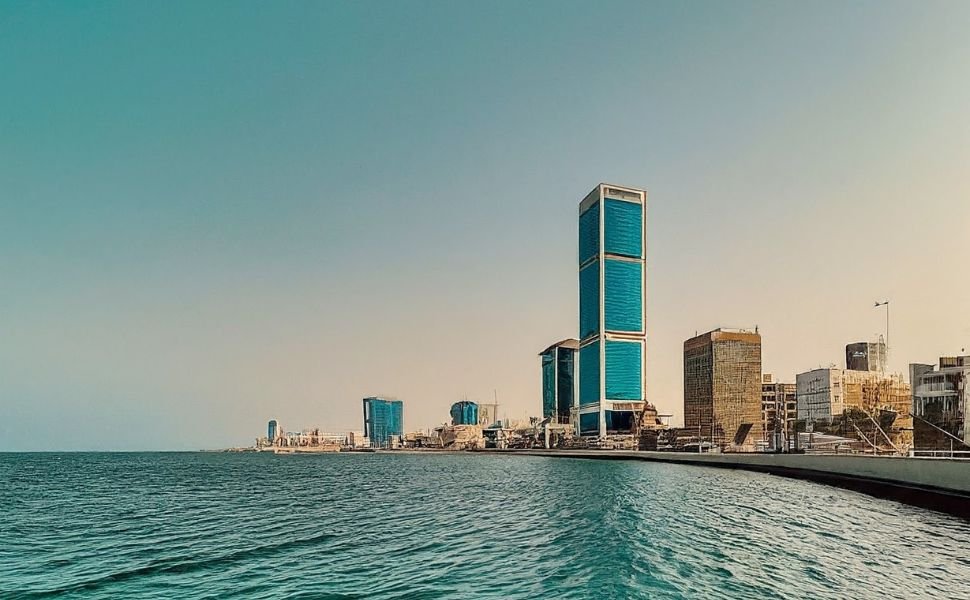
Jeddah pulsates with a contagious zest for life. As the commercial capital of Saudi Arabia, it’s a melting pot of cultures, evident in its vibrant souks (markets) and historical sites. Don’t miss the chance to explore Al-Balad, Jeddah’s historic district, a UNESCO World Heritage Site known for its coral-stone architecture.
Anya, a travel blogger who spent a month in Jeddah, shared, “Jeddah stole my heart! The energy is electric, and the locals are incredibly welcoming. Be sure to try the delicious street food – it’s simply unforgettable!”
- Population: Approximately 3.976 million (2014 data)
- Area: Around 1,480 square kilometers (570 sq mi)
- Area Code: +966 12Demonym(s): Jeddawi (masculine), Jeddawia (feminine)
- District: Makkah Province
- Elevation: 12 meters (39 ft) above sea level
- Established: The exact date of establishment is unknown, but archaeological evidence suggests Jeddah existed as a settlement by the 6th century BC.
3. Makkah: The Holiest City in Islam
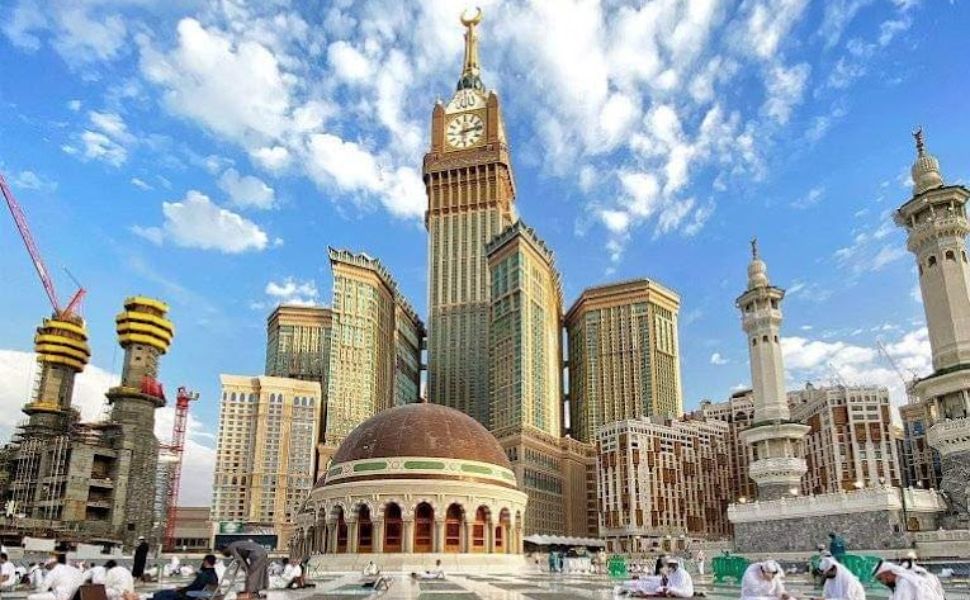
Makkah, also spelled Mecca, is the spiritual center of Islam. Millions of Muslims undertake the Hajj pilgrimage here every year, creating an atmosphere of profound reverence. Even if you’re not Muslim, the sheer scale and significance of the Grand Mosque, the holiest site in Islam, is awe-inspiring.
“Visiting Makkah was a life-changing experience,” reflected Omar, a pilgrim from Malaysia. “The sense of peace and unity is unlike anything I’ve ever felt.”
- Population: While an exact figure isn’t available publicly, Mecca’s population fluctuates significantly throughout the year. Estimates range from 1.5 million residents to over 2 million during Hajj season.
- Area: Mecca encompasses an area of approximately 850 square kilometers (328 sq mi).
- Area Code: The area code for Mecca is +966-12.
- Demonym: A person from Mecca is called a Makki (مكي).
- District: Mecca is the capital of the Mecca Province in Saudi Arabia.
- Elevation: Mecca sits at a relatively high elevation of 277 meters (909 ft) above sea level.
- Established: The exact date of Mecca’s establishment is unknown, but archaeological evidence suggests the city has existed for thousands of years. Islamic tradition places its founding with Abraham and Ishmael.
4. Medina: The City of the Prophet
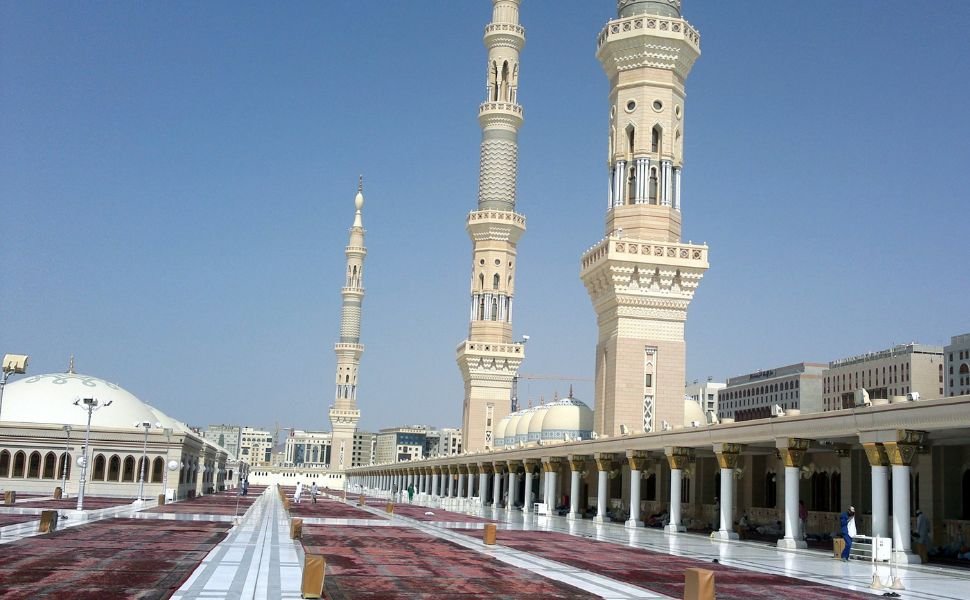
Medina, the second holiest city in Islam, is revered as the resting place of Prophet Muhammad. The Prophet’s Mosque, Masjid النبوي (an-Nabawi), is a breathtaking architectural marvel that draws in millions of visitors annually. Medina also offers a glimpse into Saudi Arabia’s rich Islamic heritage.
- Population: 1,411,599 (as of 2022)
- Area: Roughly 1,300 square kilometers (500 square miles)
- Area code: +966 14
- Demonym(s): Medinan, Madani
- District: Medina Province
- Elevation: Approximately 620 meters (2,030 feet)
- Established: 622 CE (during the Hijrah)
5. Dammam: The Gateway to the Eastern Province
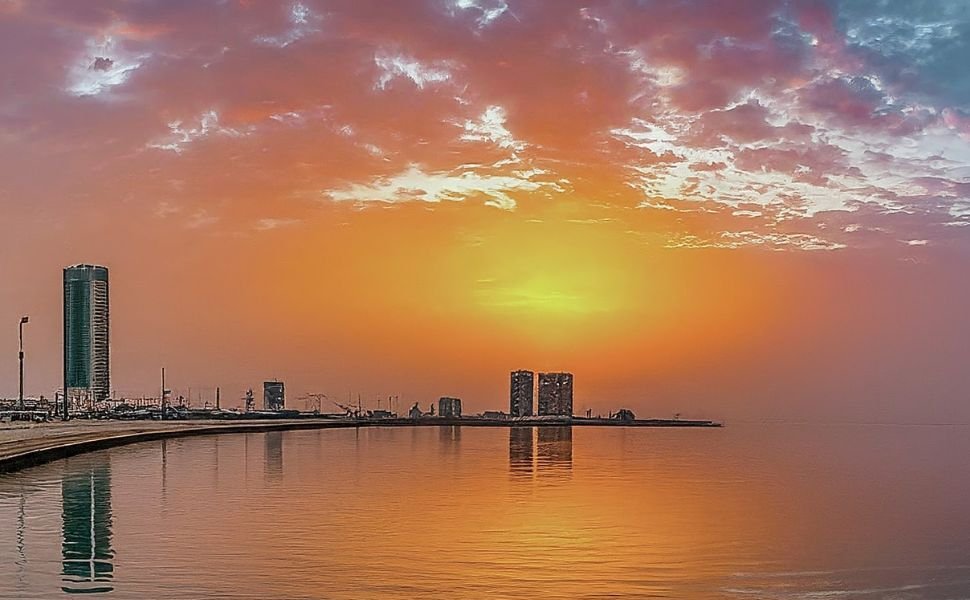
Dammam, a bustling port city on the Arabian Gulf coast, serves as the economic hub of the Eastern Province. Skyscrapers line the waterfront, while traditional dhow boats bob gently in the harbor. Dammam is also a great base for exploring the nearby oil fields and the vastness of the Empty Quarter desert.
- Population: 1,532,300 (2022)
- Area: 861.4 square kilometers (332.6 sq mi)
- Area code: +966 13
- Demonym(s): Dammami (masculine), Dammamiyya (feminine)
- District: Eastern Province
- Elevation: 10 meters (33 ft)
- Established: 8th century
6. Taif: Escape the Heat in the Mountains
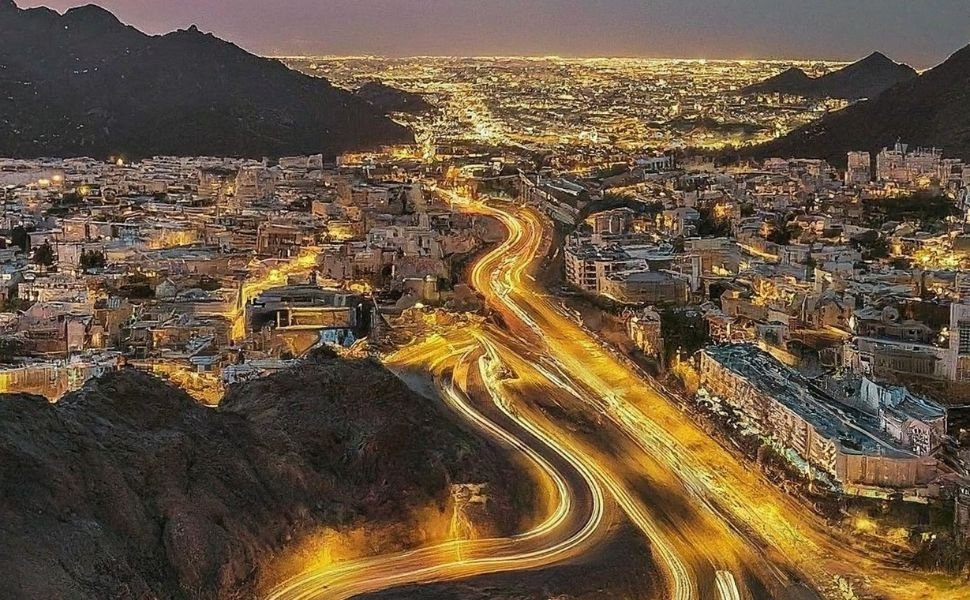
Nestled in the majestic Sarawat Mountains, Taif offers a welcome respite from the desert heat. Lush greenery and cascading waterfalls create a refreshingly scenic landscape. Taif is also famous for its delicious honey and seasonal fruits.
- Population: While an exact figure isn’t available at this time, Taif is not one of the most populous cities in Saudi Arabia.
- Area: No specific details about the area of Taif were mentioned previously.
- Area Code: +966 12
- Demonym(s): People from Taif might be called “Taifis” or “Taufians” (unofficial terms)
- District: Taif Governorate
- Elevation: 1,879 meters (6,165 ft) – This makes Taif known as the “summer capital” of Saudi Arabia due to its higher elevation and cooler climate.
- Established: There’s no information available about the exact year Taif was established. However, historical references suggest it has existed for centuries.
7. Tabuk: A City Steeped in History and Adventure
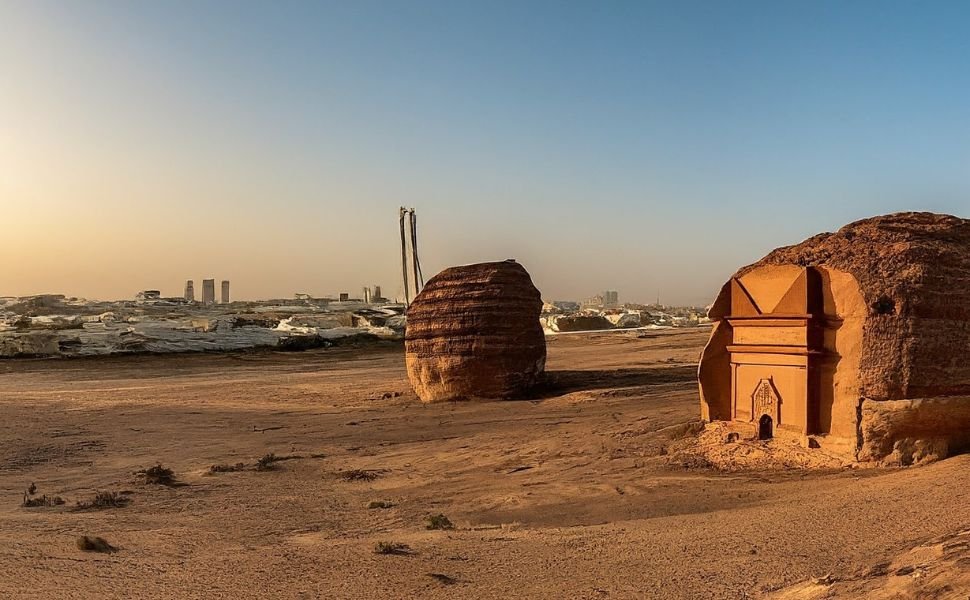
History buffs and adventure seekers alike will be enthralled by Tabuk. Explore the ancient ruins of Mada’in Saleh, a UNESCO World Heritage Site, and marvel at the architectural marvels of the Nabataean civilization. Tabuk’s strategic location also makes it a center for military history. Today, the city is experiencing a surge of modernization efforts, making it a fascinating blend of past and present.
- Population: 697,000 (2024)
- Area: 146,072 km2
- Area code: +966 14
- Demonym: N/A
- District: Tabuk
- Elevation: 2,493′
- Established: N/A
8. Abha: Where Mountains Meet Culture
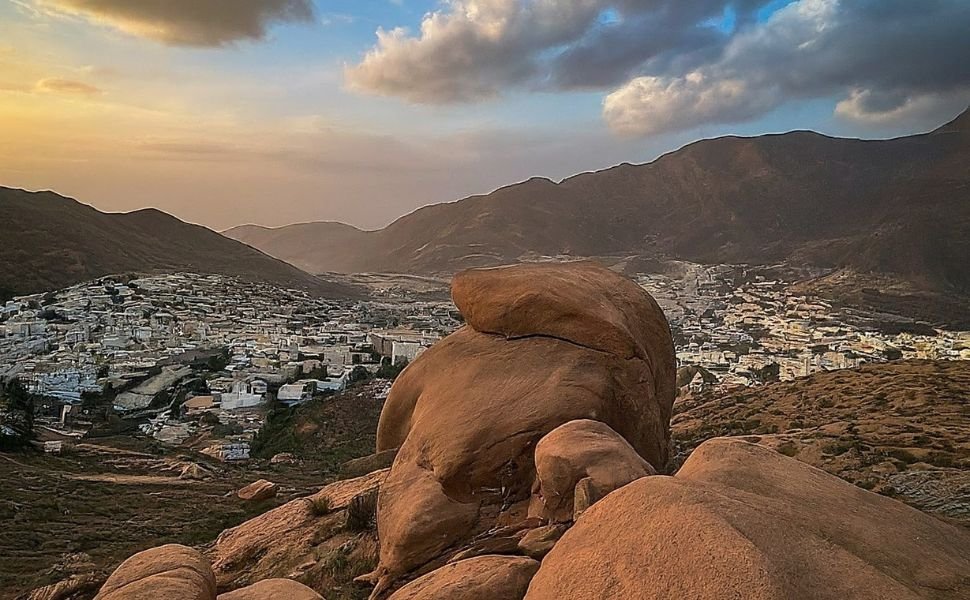
Abha, nestled amidst the breathtaking Asir Mountains, is known for its stunning scenery and pleasant climate. Explore the unique cultural heritage of the region in the city’s vibrant markets and traditional festivals. Abha is a popular summer retreat, offering a refreshing escape from the desert heat and a chance to experience the warm hospitality of its residents.
- Population: 670,000
- Area: 6,828 km2
- Area code: +966 17
- Demonym: (masculine) or Abhawiyah (feminine).
- District: Asir
- Elevation: Approximately 2,270 meters (7,447 feet) above sea level
- Established: N/A
9. Al-Khobar: A Gem on the Coast
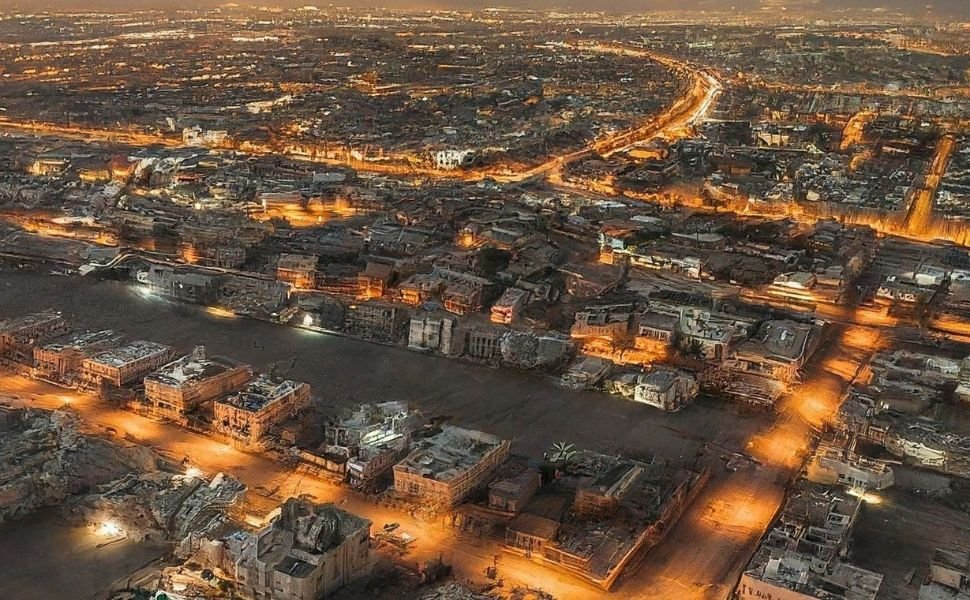
Al-Khobar, a coastal city, offers the perfect blend of business and leisure. Explore its bustling commercial centers, indulge in world-class shopping experiences, or unwind on the stunning beaches with pristine turquoise waters. Al-Khobar boasts a relaxed atmosphere and offers exciting diving opportunities for those seeking underwater adventures.
- Population: Over 500,000 (estimates vary, but likely around 530,000 as of 2024)
- Area: Approximately 630 square kilometers (243.2 sq mi)
- Area code: +966 13
- Demonym(s): Khobari (masculine), Khobariah (feminine)
- District: Eastern Province
- Elevation: Low-lying coastal city (exact elevation data not readily available)
- Established: Pre-Islamic era (exact date unclear), but significantly developed in the 20th century
10. Jubail: The Industrial Powerhouse
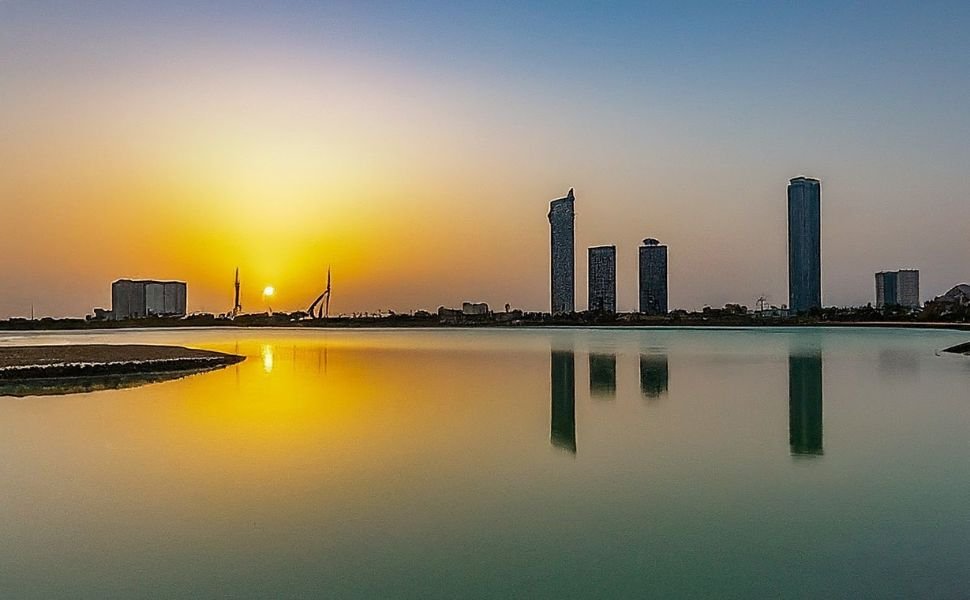
Jubail is synonymous with industrial might. As home to the largest industrial city in the Middle East, Jubail plays a crucial role in Saudi Arabia’s non-oil economy. While the city thrives on industry, it also prioritizes environmental initiatives, striving for a balance between development and sustainability. Experience the unique blend of industrial prowess and environmental consciousness that defines Jubail.
- Population: 474,679 (as of 2022)
- Area: 1,016 square kilometers (392.7 sq mi)
- Area code: +966 13
- Demonym(s): Jubayli (masculine), Jubayliyah (feminine)
- District: Eastern Province
- Elevation: Low-lying coastal city (exact elevation data not readily available)
- Established: 1975 (as a major industrial city)
So, which Saudi Arabian city will you explore first?
This list just scratches the surface of the incredible experiences that await you in Saudi Arabia. From bustling metropolises to serene mountain retreats, there’s a city for every kind of traveler.
Start planning your adventure today and discover the magic of Saudi Arabia!
FAQs: (Frequently Asked Question)
1. Which city is the largest in Saudi Arabia?
Riyadh is the largest city in Saudi Arabia, boasting the highest population and covering the most extensive area.
2. What makes Mecca and Medina so special?
Mecca and Medina hold unparalleled significance in Islam. Mecca is the holiest city, revered as the birthplace of Islam and the destination for the annual Hajj pilgrimage. Medina, the second holiest city, is where Prophet Muhammad is buried and serves as a major pilgrimage site for Muslims worldwide.
3. How has Riyadh transformed over the years?
Riyadh has undergone a dramatic transformation. Once a small oasis town, it has flourished into a sprawling metropolis. Today, Riyadh is the political and administrative capital of Saudi Arabia, a major economic powerhouse, and a center for cultural development.
4. What are the main industries in Jeddah?
Jeddah’s strategic location on the Red Sea has fostered a vibrant economy. The city thrives on industries like shipping, finance, and construction. Additionally, tourism plays a significant role, with Jeddah serving as a gateway to Mecca.
5. Why is Dammam important for Saudi Arabia?
Dammam is crucial for Saudi Arabia for several reasons. First, it’s the heart of the kingdom’s oil industry. Second, Dammam boasts the King Abdulaziz Sea Port, one of the largest ports in the Persian Gulf, facilitating a significant portion of Saudi Arabia’s trade. Finally, the presence of Saudi Aramco, the world’s largest oil company, headquartered in Dammam, underlines its economic importance.

